New governance models and new ways for us to interact are needed to help address existential challenges like climate change.
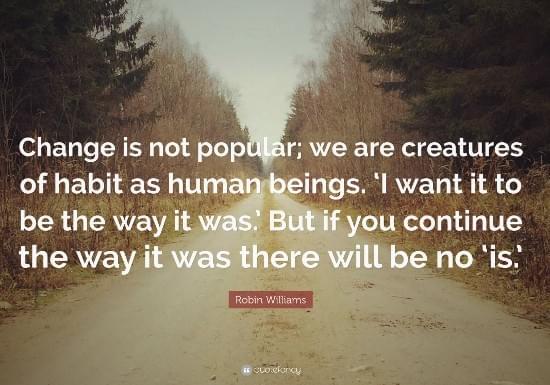


Also read: india creates world’s first DC electric train engine with regenerative braking, promises rs 25 lakh saving per train.
Dubbed Infinity Train, it works by using gravitational energy created on the downhill sections of the rail network to recharge its battery power and eliminate the need for recharging on the return leg of the journey.
The train will allow for a capital-efficient solution for removing diesel and pollutants from Fortescue’s rail operations. It will also help remove the need for the generation of renewable energy as well as the setting up of expensive charging infrastructure.
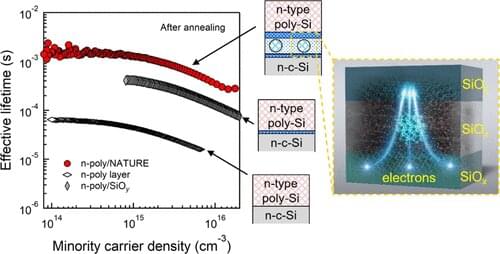
In the future, decarbonized societies that use internet of things (IoT) devices will become commonplace. But to achieve this, we need to first realize highly efficient and stable sources of renewable energy. Solar cells are considered a promising option, but their electrical contacts suffer from a “tradeoff” relationship between surface passivation and conductivity. Recently, researchers from Japan have developed a new type of electrical contact that can overcome this problem.
The most recent type of commercial photovoltaic cell (solar cell) uses stacked layers of crystalline silicon (c-Si) and an ultrathin layer of silicon oxide (SiOx) to form an electrical contact. The SiOx is used as a “passivating” film—an unreactive layer that improves the performance, reliability, and stability of the device. But that does not mean that simply increasing the thickness of this passivating layer will lead to improved solar cells. SiOx is an electrical insulator and there is a trade-off relationship between passivation and the conductivity of the electrical contact in solar cells.
In a new study, published in ACS Applied Nano Materials, a research team led by Assistant Professor Kazuhiro Gotoh and Professor Noritaka Usami from Nagoya University has developed a novel SiOx layer that simultaneously allows high passivation and improved conductivity. Named NAnocrystalling Transport path in Ultrathin dielectrics for REinforcing passivating contact (NATURE contact), the new electrical contact consists of three-layer structures made up of a layer of silicon nanoparticles sandwiched between two layers of oxygen-rich SiOx. “You can think of a passivating film as a big wall with gates in it. In the NATURE contact, the big wall is the SiOx layer and the gates are Si nanocrystals,” explains Dr. Gotoh.
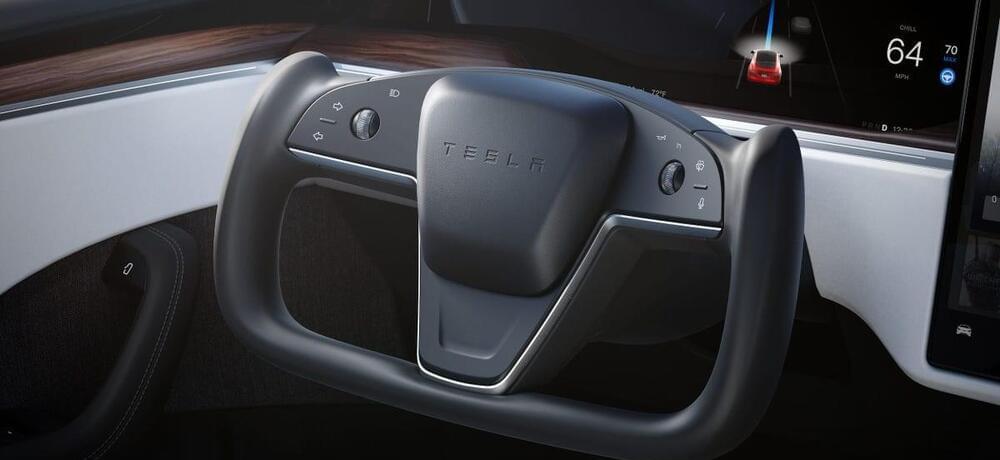
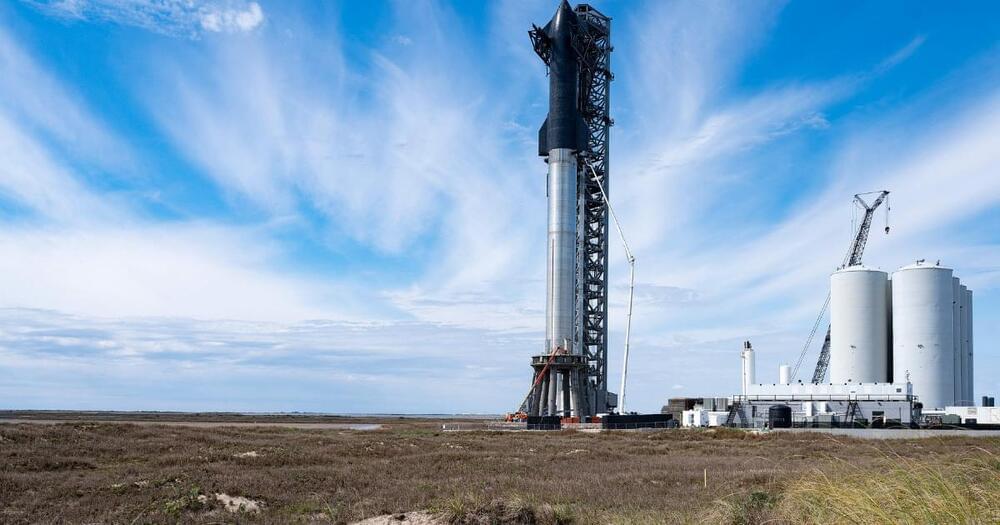
US startup company Green Hydrogen International announced plans for a a 60GW renewable H2 project that will be powered by wind and solar. It’ll also produce clean rocket fuel for SpaceX, which is helmed by billionaire Tesla CEO Elon Musk, according to a report published yesterday in Recharge.
“We see Hydrogen City becoming one of the largest H2 production centers in the world, supplying many different customers with 100% clean H2 fuel,” founder Brian Maxwell told the energy industry pub.
The image below from GHI’s website shows the process of converting renewable energy from wind and solar farms into ammonia and rocket fuel. The key to scaling up production, the company says, is the large salt storage capability found in underground salt domes.
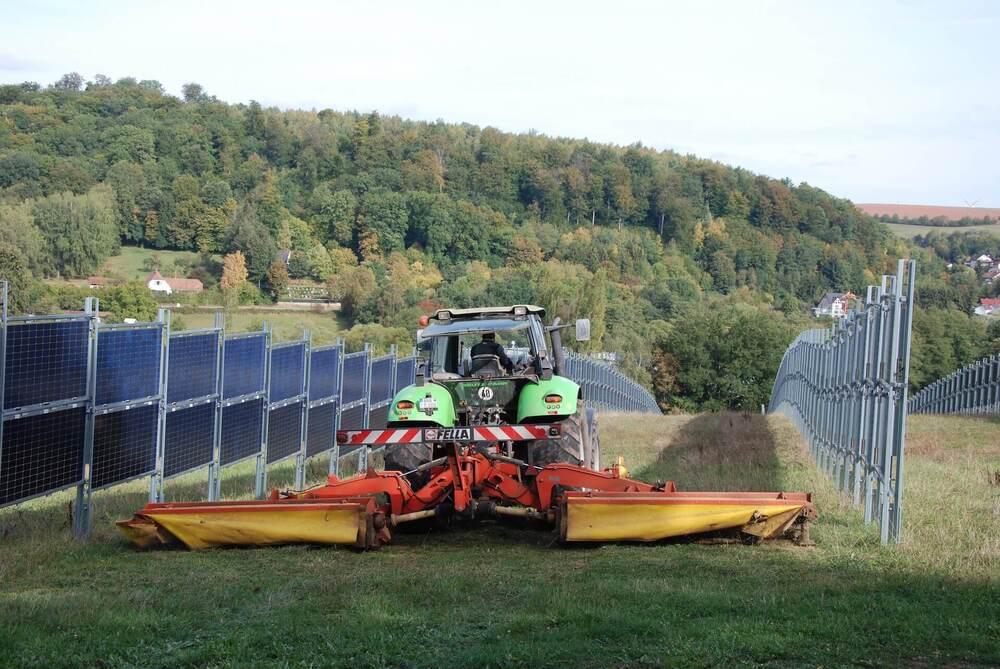
A collaboration between the automaker and the utility will test-drive using bidirectional charging to power homes during blackouts.
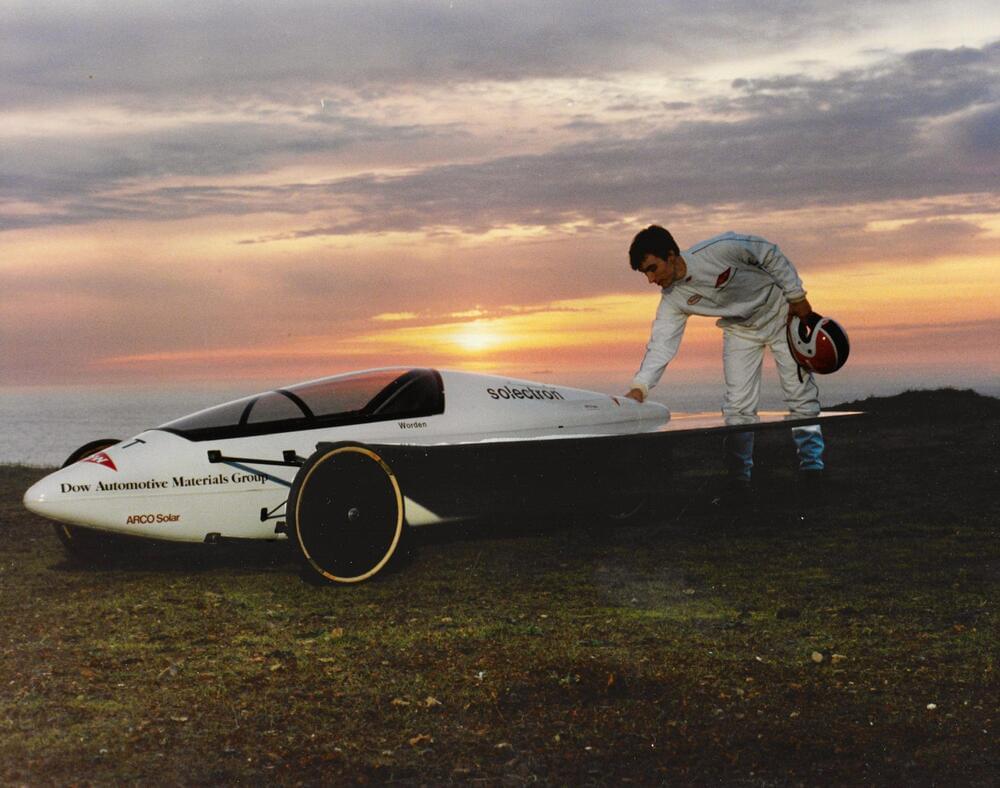
Engineering projects need goals, and James Worden ’89 set an especially engaging and enduring one for himself as a high school student in the early 1980s while pursuing his passion for homebuilt go-karts.
The MIT Alumni Association seeks to engage and inspire the MIT global community to make a better world. It provides a lifelong community for MIT graduates, a launching pad for students, and growing connection among MIT friends.
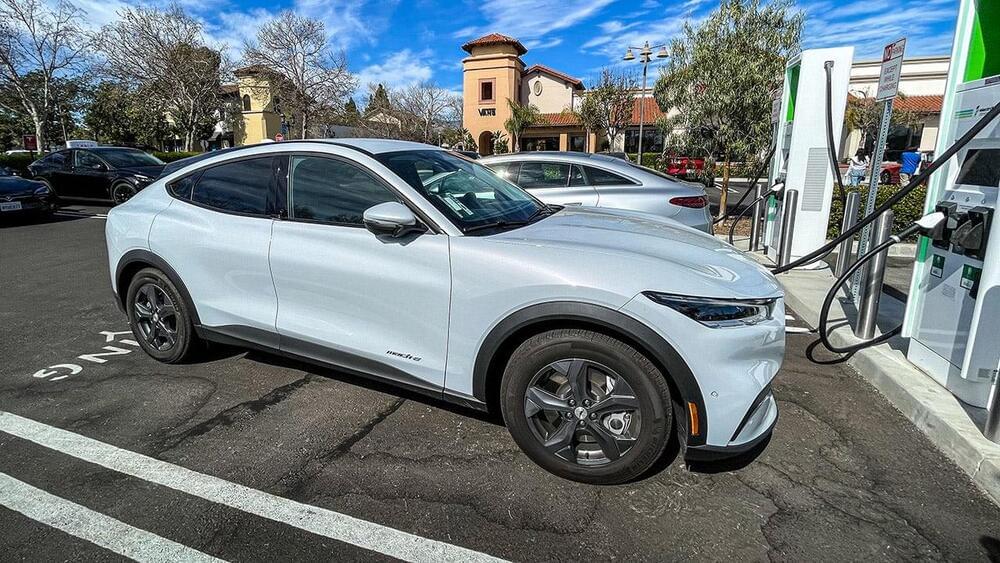
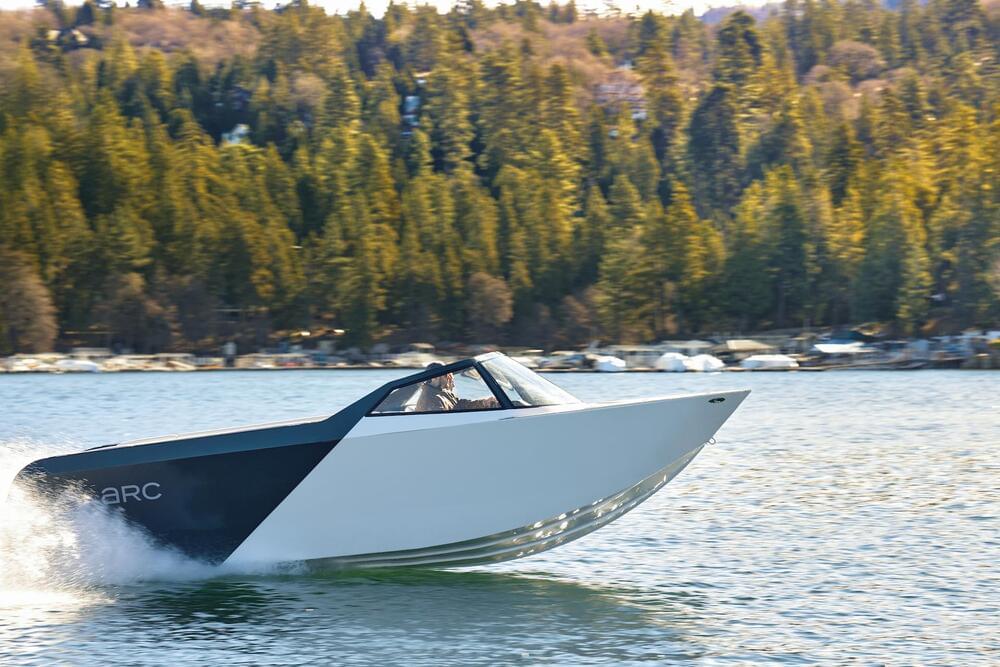
Last year, a team of former SpaceX engineers launched Californian marine startup Arc with a plan to develop a luxury electric cruiser with “far superior range, acceleration and performance than any boat in its class.” Now a pre-production Arc One has spent a day of testing on Lake Arrowhead ahead of deliveries to the first customers later in the year.
The first boat out of the company’s factory in Los Angeles is being aimed squarely at the luxury end of the market, and will be produced in very limited numbers.
The spec sheet for the Arc One is actually pretty thin, but the development team has recently upped the power of the electric motor to 500 hp (373 kW) for a top speed of 40 mph (34 knots/64 km/h). The battery size has also been increased by 10 percent to 220 kWh – that’s “three times the capacity of a Tesla Model Y” and is reckoned big enough for users to stay out on the water for between three and five hours per charge, though high speeds will drain the battery quicker than cruising at lower speeds.